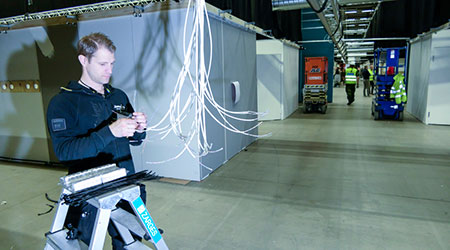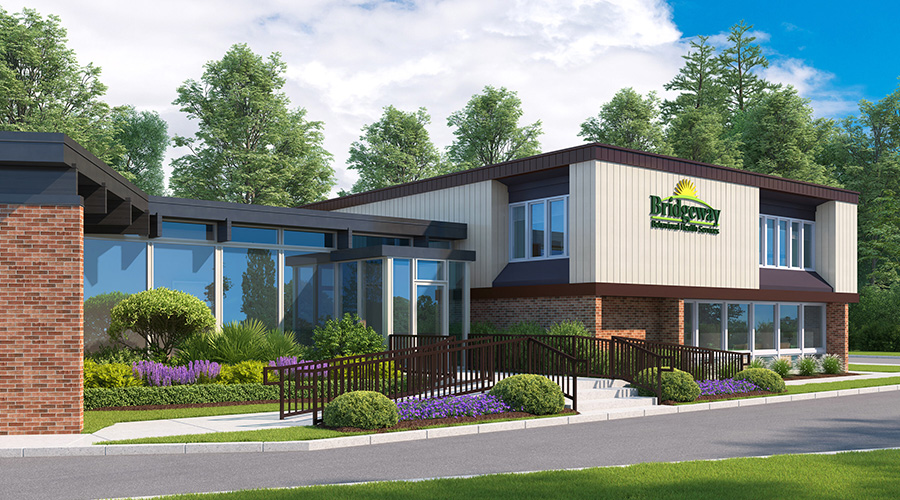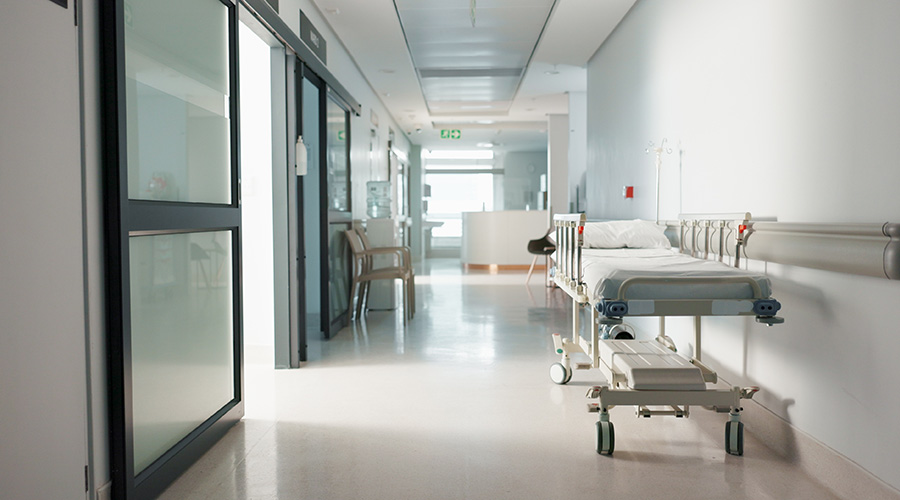With states look to alternative hospital facilities or pop-up hospitals to ease potential Covid-19 capacity issues, college dormitories are often among the alternatives considered, according to an article on the Campus Life Security website.
Before dorms can be used, however, adjustments are usually needed, particularly in technology.
For instance, dorm front desks are usually equipped with a camera, PA system, computer check-in system or phones. Integrating them into one technology platform can improve the check-in process and make it better for a hospital setting.
Also, the existing camera used to monitor the entrance can be leveraged for access control through communication with smartphones, TVs, monitors and laptop devices so they can automatically receive live video feed from the entrance.
The first step when putting together a temporary facility’s security plan is conducting a threat assessment. This analysis should be quick and detailed, covering the realistic threats associated with the location the facility will operate in. Understanding the area is the first step in setting up a secure care facility, according to a blog on Healthcare Facilities Today by Colonel (R) Bill Edwards, an associate principal at Thornton Tomasetti.
Read the full Campus Life Security article.

 Healthcare Is the New Retail
Healthcare Is the New Retail Bridgeway Behavioral Health Services Launches Campaign to Renovate Health Center
Bridgeway Behavioral Health Services Launches Campaign to Renovate Health Center Ground Broken for New North Dakota State Hospital
Ground Broken for New North Dakota State Hospital AI Usage for Healthcare Facilities
AI Usage for Healthcare Facilities Ground Broken on Pelican Valley Senior Living Modernization Project
Ground Broken on Pelican Valley Senior Living Modernization Project